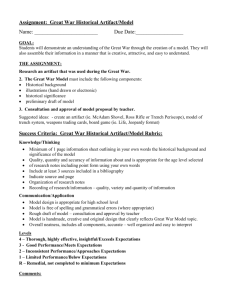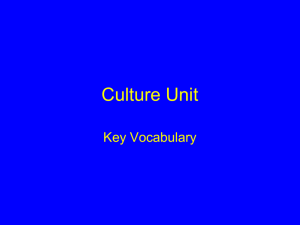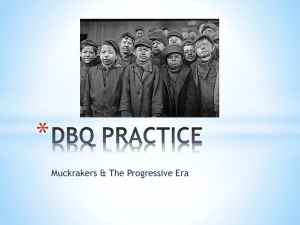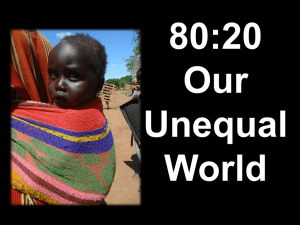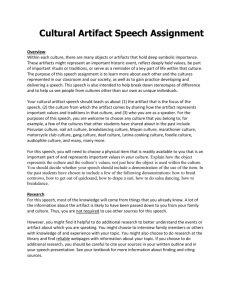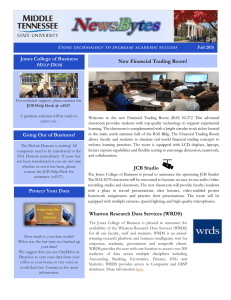Middle East Oil and Economics Document Based Questions (DBQ)
advertisement
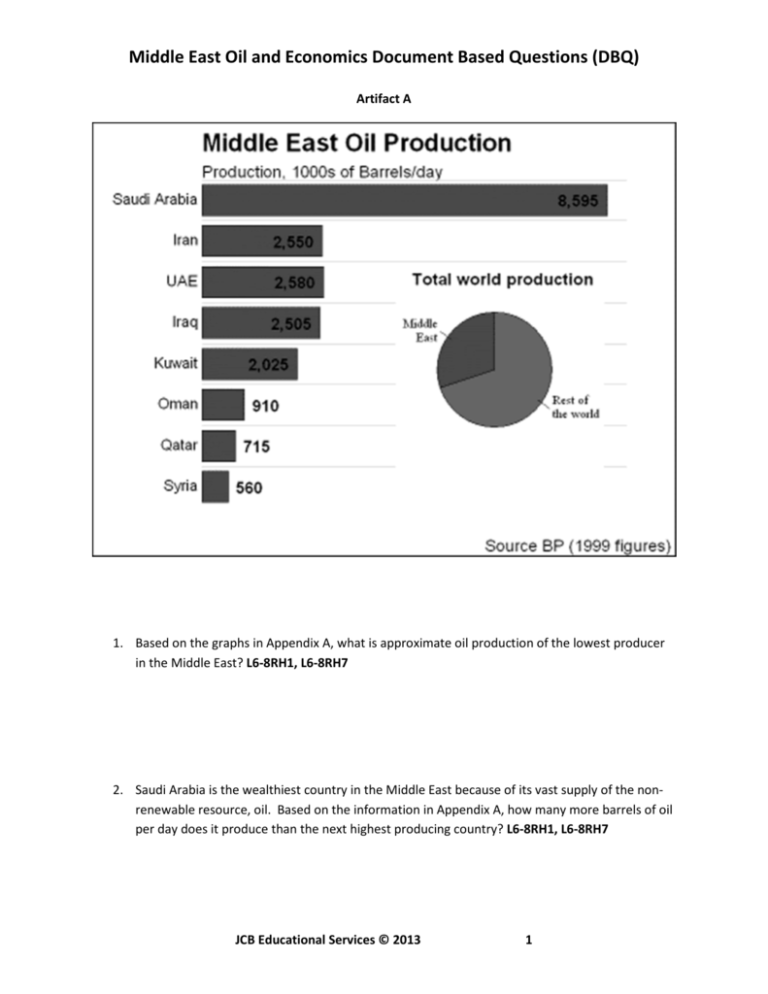
Middle East Oil and Economics Document Based Questions (DBQ) Artifact A 1. Based on the graphs in Appendix A, what is approximate oil production of the lowest producer in the Middle East? L6-8RH1, L6-8RH7 2. Saudi Arabia is the wealthiest country in the Middle East because of its vast supply of the nonrenewable resource, oil. Based on the information in Appendix A, how many more barrels of oil per day does it produce than the next highest producing country? L6-8RH1, L6-8RH7 JCB Educational Services © 2013 1 Middle East Oil and Economics Document Based Questions (DBQ) Artifact B Oil money has created both opportunities and problems for the region. Middle Eastern nations have learned to manipulate their production of oil as an international strategy. After the unsuccessful Yom Kippur War with Israel in 1973, an OPEC oil embargo by Arab nations demonstrated a new way to influence European and American policy. Oil prices quadrupled from $3 a barrel in 1972 to $12 a barrel in 1974. In the U.S., the era of cheap gas came to an end, stimulating research on increasing energy efficiency, conservation, and alternative fuels as well as exploration for alternative sources of oil. Uneven distribution of petroleum deposits has created a disparity of wealth and power in the Middle East. Gulf countries with relatively small populations have the most oil. When workers from countries with large, poor populations, such as Egypt, come to the Gulf region to work, they are often treated as second-class citizens. Meanwhile, wealthy Saudis and Kuwaitis may vacation in Egypt, openly drinking alcohol and displaying other behaviors that would not be permitted in their home countries. Even within oil-rich nations themselves, there is a large gap between rich and poor. Oil will continue to be an important regional and global issue. In fact, some question whether one reason the U.S. seeks to maintain influence in Afghanistan after the overthrow of the Taliban is American interest in Central Asian oil and a possible pipeline through Afghanistan. Some estimates show that by 2050, landlocked Central Asia will provide more than 80 percent of the oil distributed to the U.S. As a result, the control of pipelines through Afghanistan or Turkey to distribution centers will be of increasing importance to the United States. http://www.pbs.org/wgbh/globalconnections/mideast/questions/resource/ 3. According to Artifact B, what is a result of the unequal distribution of oil in the Middle East? L68RH1 4. What is the connection between the distribution of oil in the Middle East and the United States's economic interests? L6-8RH1 5. What is one of the current issues that has arisen among Saudi Arabians and Kuwaitis that reflects the unequal distribution of wealth in the region? L6-8RH1 JCB Educational Services © 2013 2 Middle East Oil and Economics Document Based Questions (DBQ) Artifact C http://www.philstockworld.com/tag/oil/ 6. In your opinion, what is the author's argument about the connection between Middle East politics and oil and gas prices in the United States? L6-8RH6, L6-8RH7 7. In a brief constructed response of 1 paragraph, students should address the following social studies theme: "The conflict in the Middle East region is partially the result of unequal oil and wealth distribution that has made countries that are larger oil producers more influential than countries with smaller oil reserves? L6-8RH2, L6-8WH2a-f JCB Educational Services © 2013 3
